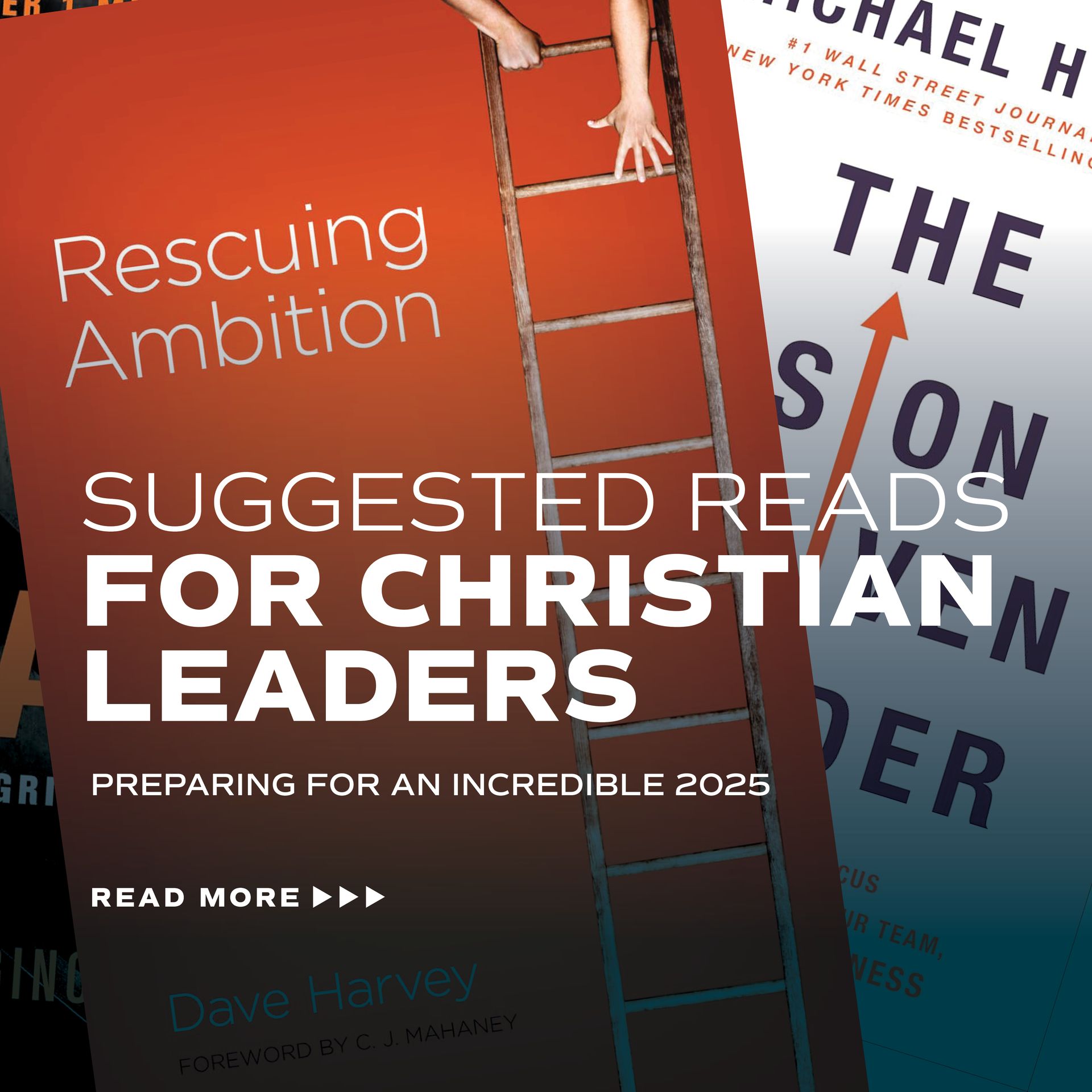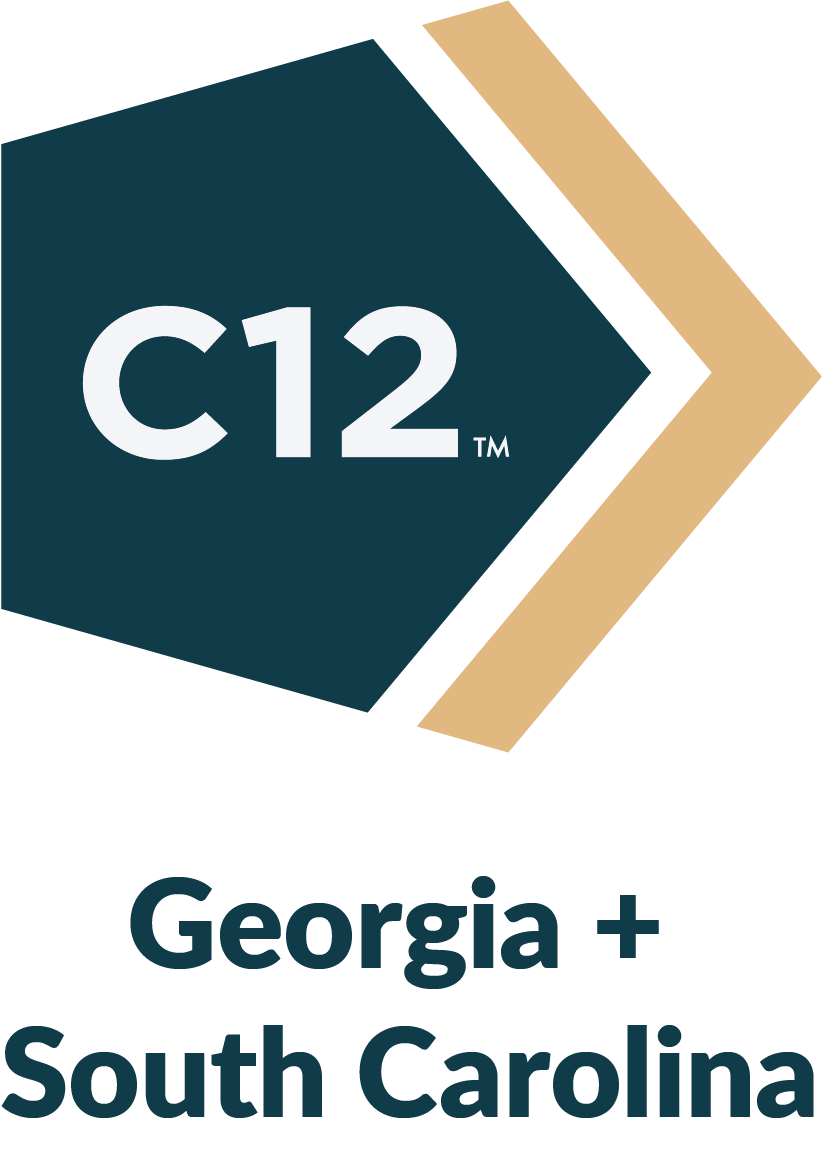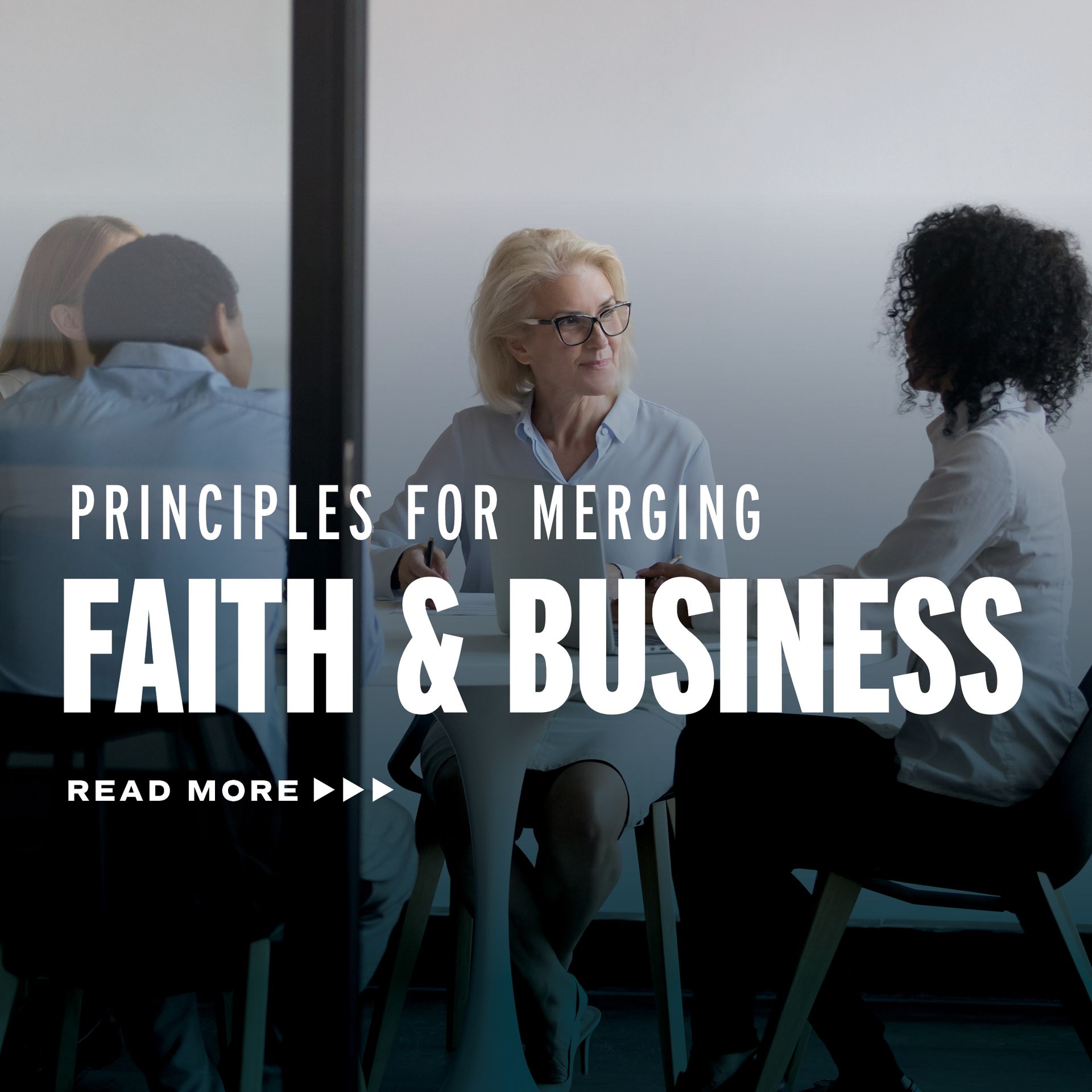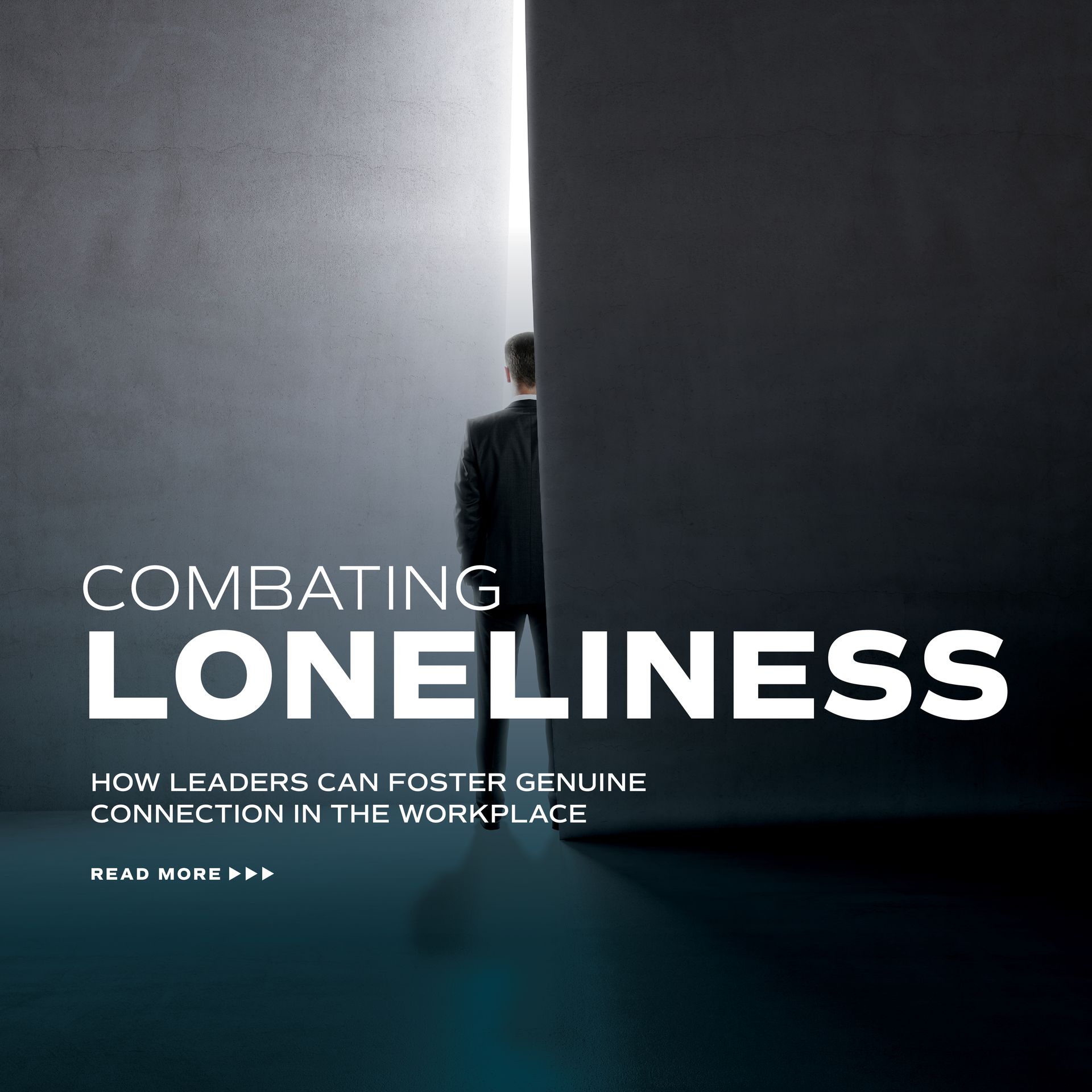CONTACT US
Robust Good Health
Maximize the potential of our businesses for the long term
We often believe we should be operating at the highest possible level at all times. We think that if we are not constantly at our very best, we are falling short of our potential. But while our maximum performance may lead to short-term gains, it is not sustainable without consequences. Excessive or strained effort yields less production in the long term.
As we seek to achieve
the work God has for us, we in C12 strive for Robust Good Health Instead of maximum performance. Robust Good Health is a classic C12 concept that clarifies and optimizes company-wide performance potential. It involves a comprehensive approach to stewarding resources, processes, and people so our businesses can operate at their full potential.
What is Robust Good Health?
Robust Good Health seeks to operate at a level where the system can achieve optimal productivity and effectiveness without compromising resources. The key is to identify and balance optimal effort and throughput alignment across the business.
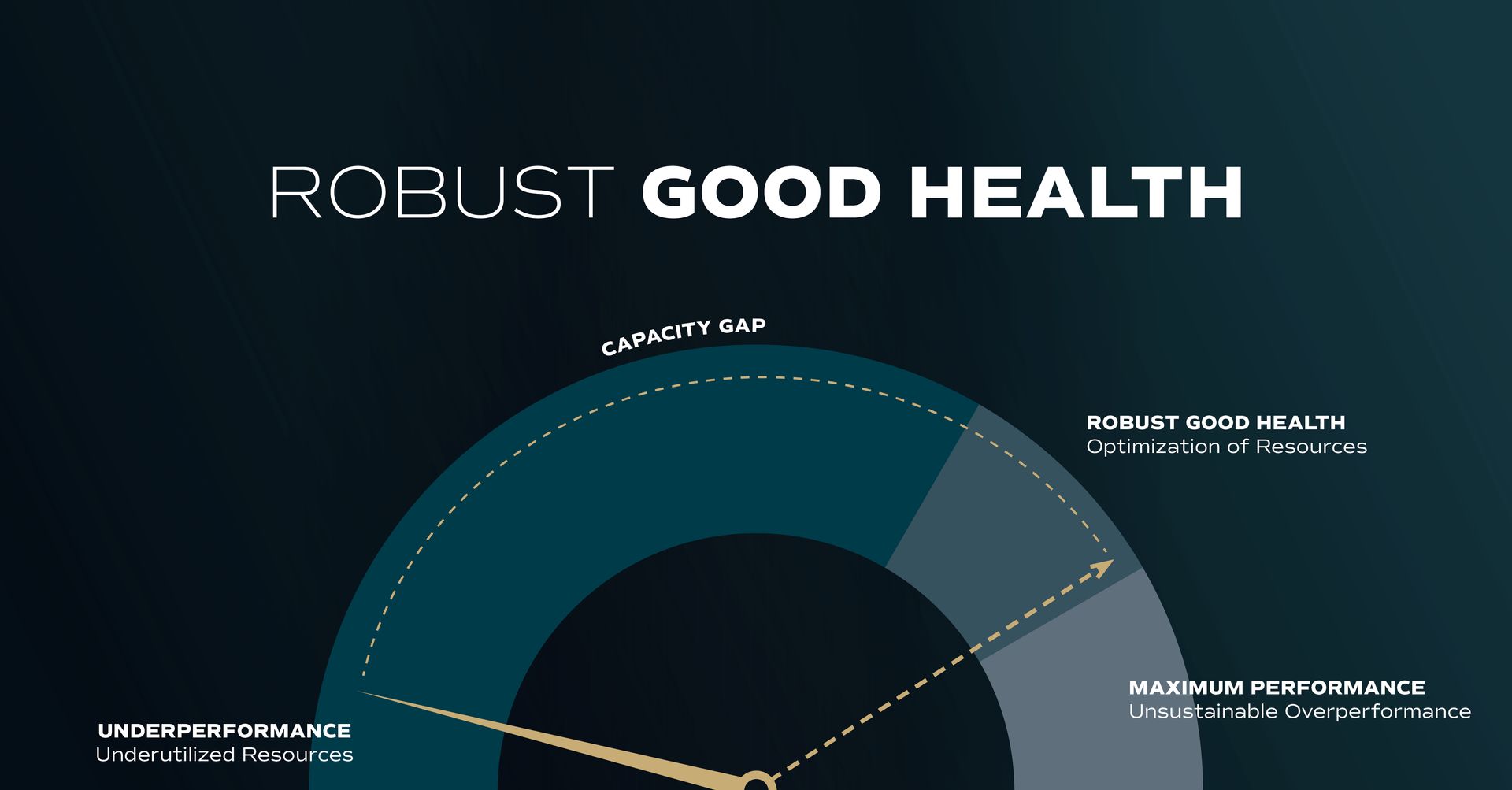
Note: In C12, we want every part of our business to operate in Robust Good Health. We call this our "eternally balanced scorecard". The 5-Point Alignment Matrix (5PAM) identifies five interconnected aspects of any business. As we pursue Robust Good Health, we must ensure each area of the 5PAM is being assessed in order to achieve the greatest return potential.
Achieving Robust Good Health
No one achieves Robust Good Health by accident. We must thoughtfully and intentionally assess our companies, identify capacity gaps, and apply improvement efforts.
Here are five guiding steps as we seek to implement Robust Good Health in our companies:
Step 1:
Define Robust Good Health - Determine the target performance level for each area of the 5PAM when our business is operating at optimal capacity, utilizing current resources.
Step 2: Assess the Current State - Assess the level of output the business currently achieves in each area with its existing facilities, equipment, workforce, and processes.
Step 3:
Identify the Capacity Gap - Compare the Robust Good Health goal to the current state of the business to identify and quantify capacity gaps.
Step 4:
Consider Any Factors Affecting Performance - Examine the factors influencing performance, such as facilities, training, data, personnel, processes, policies, operations, supply chains, and external factors.
Step 5:
Prioritize Improvement Efforts - Process possible improvements to identify your top priorities that will accomplish key company-wide goals. Encourage cross-functional collaboration and practice good change management techniques as you pursue improvement.
As we move from assessment to action, we must include our team in the Robust Good Health assessment process. By involving our teams, we will significantly aid our strategic planning as we prepare for the year ahead. Although it takes humility to acknowledge our limitations, we know that accountability is often the best and quickest way to achieving optimization.
Along with accountability within our teams, accountability with other like-minded business leaders is an invaluable asset when pursuing Robust Good Health. C12 Business Forums provide a framework for Christian business leaders to achieve excellence through the power of peers. You can learn more about joining a C12 Business Forum right here in Georgia and South Carolina at www.c12gaandsc.com.
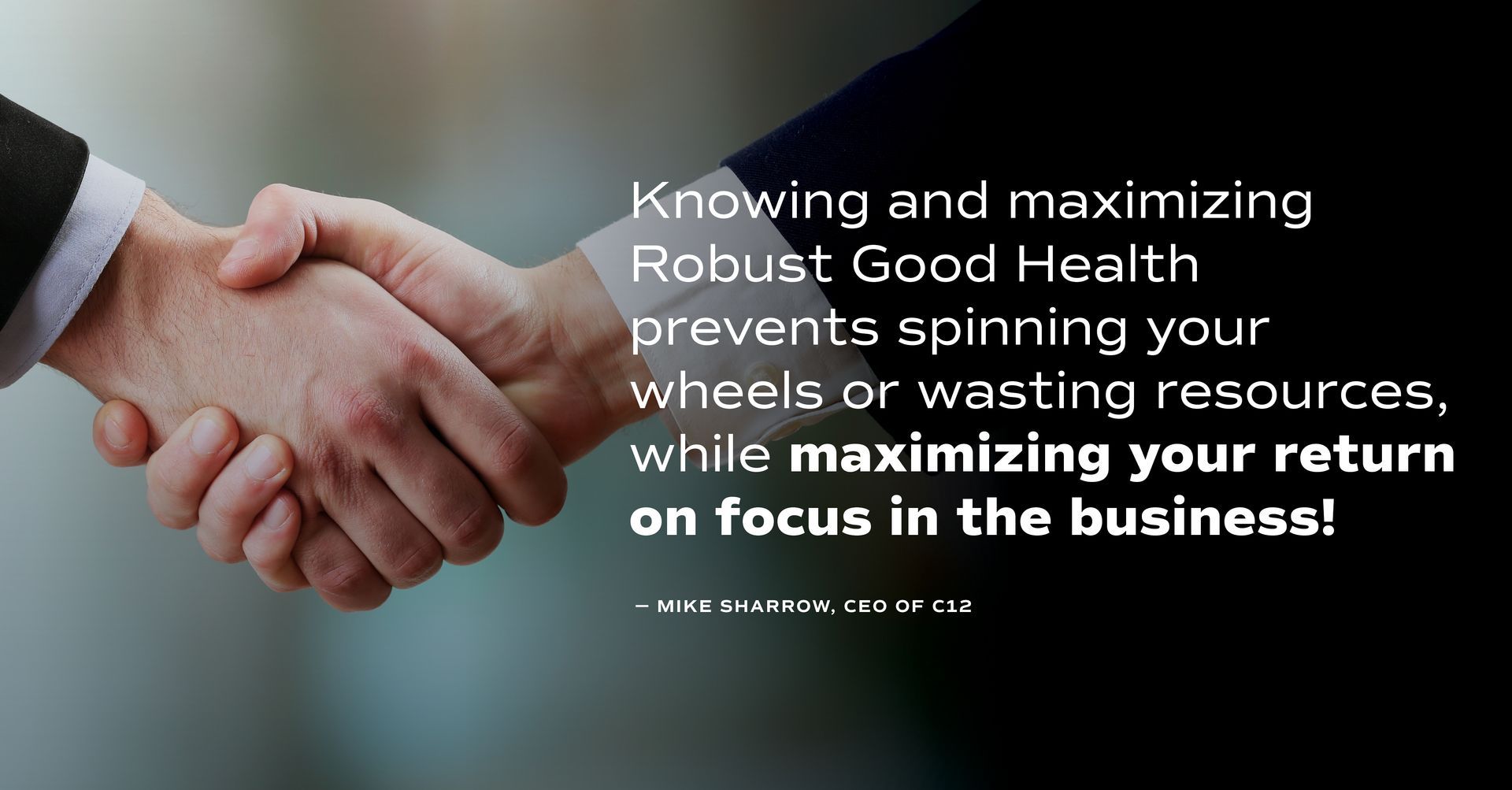
Robust Good Health helps maximize the potential of our businesses for the long term, optimizing our resources and minimizing burnout. Optimization may be achieved in a few months, or it may need to be achieved in phases over a few years, but Robust Good Health allows us to faithfully steward our companies and efficiently achieve the mission God has given us.



